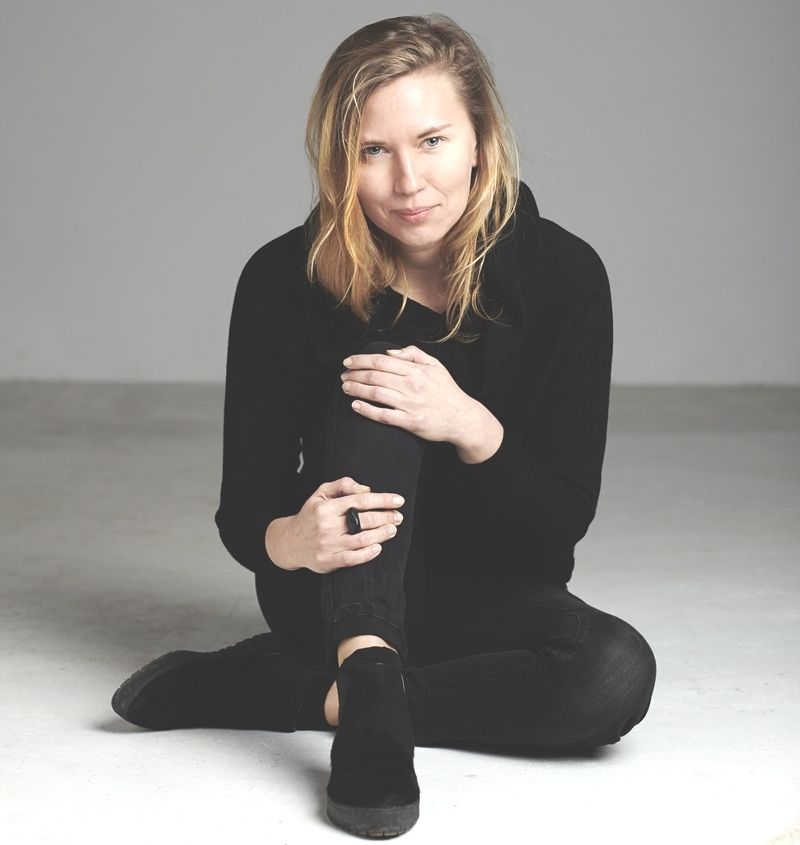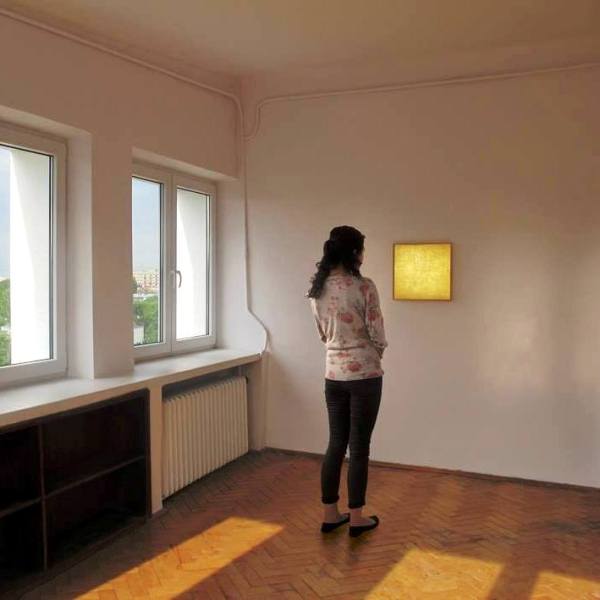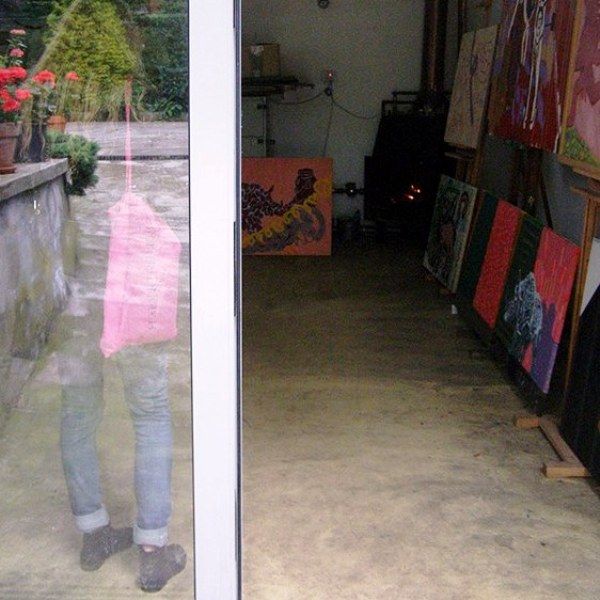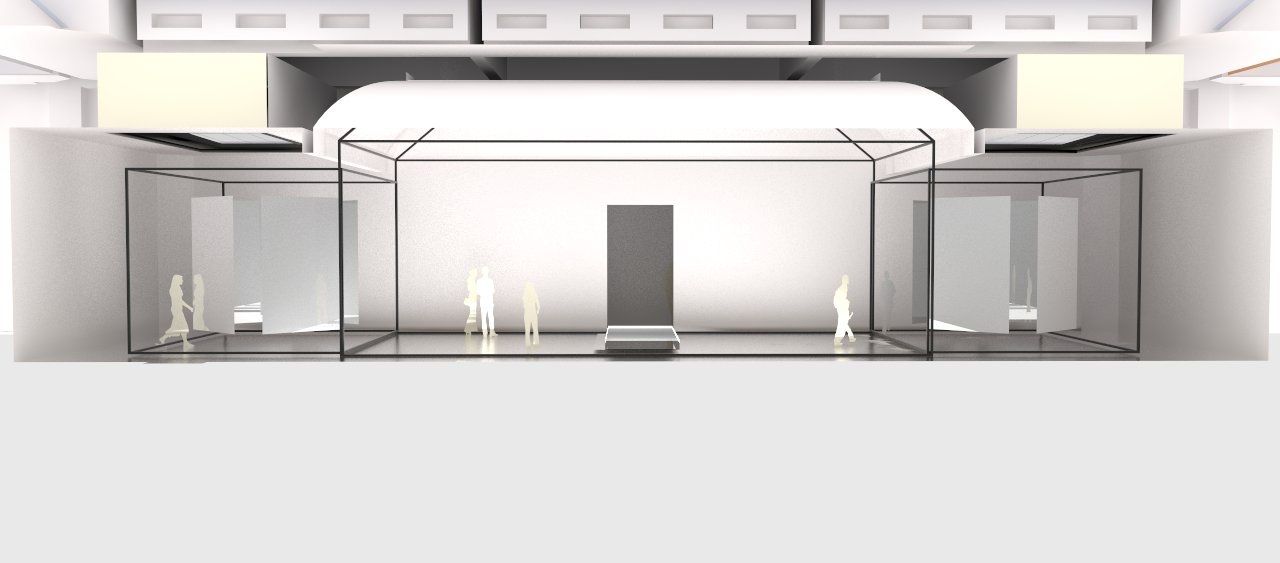Everything is political and social even if we don’t want it to admit it. We are living in the world in relations and they exist even if we try to ignore them or simply not pay attention to them. I’m interested in this thin and hard to define border of excluded versus included, how relations of power work in a given situation, place and context. What are the ways to resist them? What are the mechanisms of symbolic power? This kind of research is connected with both the careful observation of symptoms and gestures as well as statistics or analysis of data. But it is more of reading between the lines. It is a very blurred, unstable and interdisciplinary research area that requires theory from and research into various sources. It combines paradoxical figures; on the one hand, I work on a very specific subject, and on the other hand, I use critical theory to formulate results. To name just a few examples of important thinkers I would evoke, perhaps this includes M. Merleau-Ponty, M. Foucault, P. Bourdieu, T. Adorno, E. Said, A. Davis, b. hooks…. Quite recently I was doing research on African-American photography in the XIX and XX century and I spent a couple of weeks looking at related albums and reading related texts. As we all know it was a time when African-Americans were experiencing violence in various ways. At that time the pictures circulating in the press depicting black people were usually stereotypical at best, if not completely racist. Looking at the photographs taken by black photographers it was fascinating to discover how photography could be used as a conscious tool to fight the dominating violent discourses, how pictures could become a tool of resistance. I’m interested in how racism works – from the last research readings, I really appreciated White Innocence by Gloria Wekker and Reni Eddo-Lodge’s, Why I’m no Longer Talking to White People About Race, about which I wrote texts for a magazine. I’m also focused on all subjects related to women’s rights. One of the projects I was involved in at the end of 2017 was connected to Cyber Violence Against Woman led by the Helsinki Foundation. I’m also interested in all forms of inequality connected to contemporary precarious conditions of labour (critique of neoliberalism, capitalism etc.)… And finally, when I think of art in a social and political context it doesn’t mean that it has to be something right in your face. It is the opposite actually. I’m rather looking for art or artists who see the world in relation, who listen and have enough courage to respond to the world in an honest way. Sometimes a simple blue painting might be more political than a banner put on a central square of the city. It is more about the attitude to the world than the specific content.








